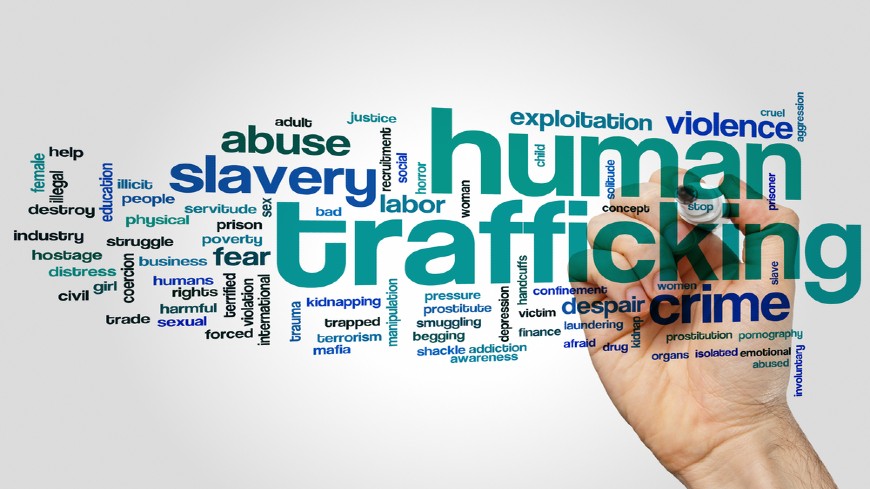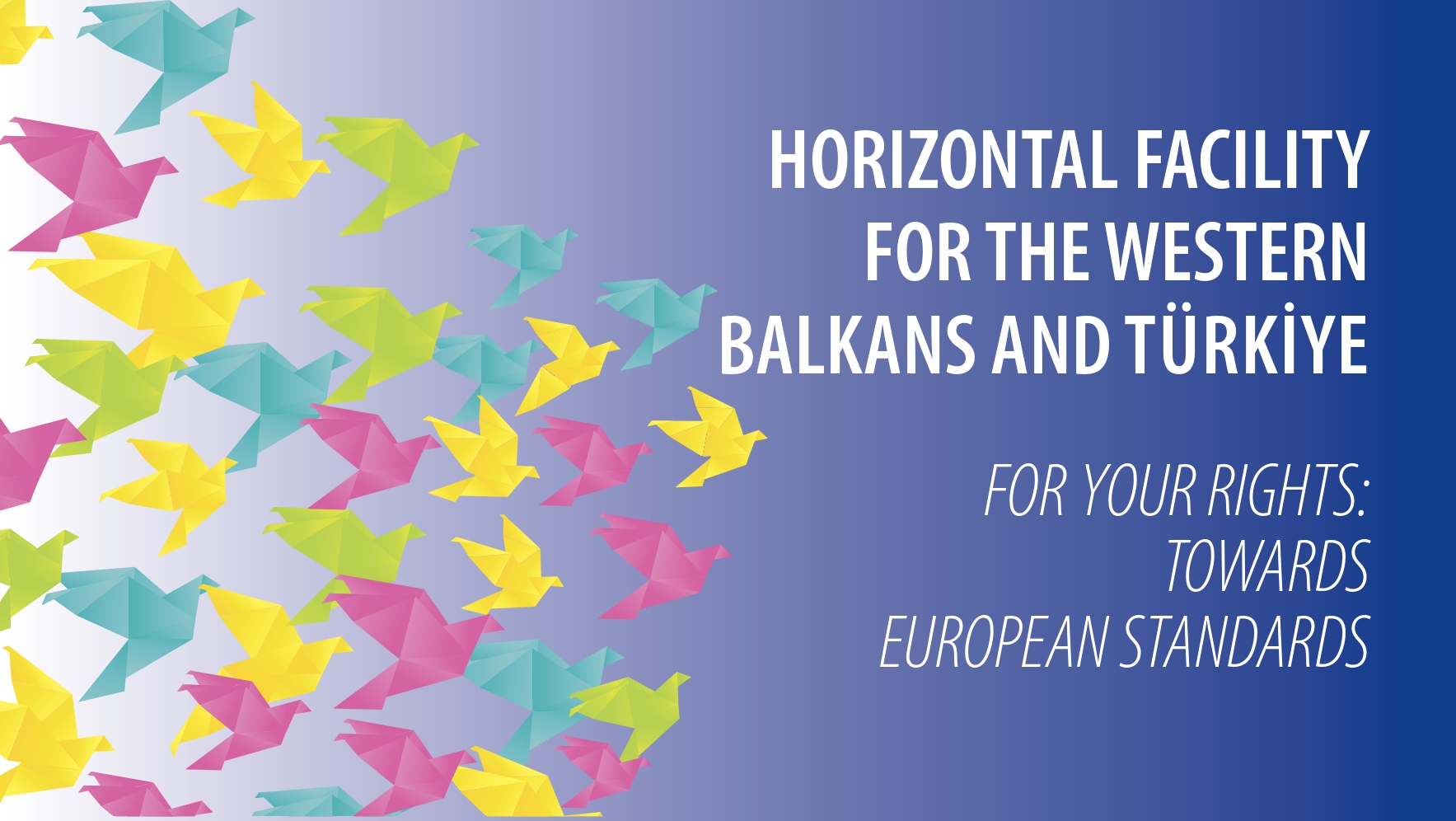A webinar on combating trafficking in human beings and protecting victims was organised on 22 January 2021, with some 30 participants, including judges, prosecutors and victim support organisations.
Petya Nestorova, Executive Secretary of the Council of Europe Convention on Action against Trafficking in Human Beings highlighted that the protection of the victims of trafficking was at the heart of the Convention and the fight against human trafficking remained among the key long-term priorities of the Organisation. Reinforced prevention efforts are required to reduce the heightened risk of exploitation of vulnerable groups during the current pandemic and who would potentially suffer from its long-term socio-economic impact.
Petya Nestorova presented the work of the Council of Europe in relation of the six priority areas for action recently agreed upon by the Inter-agency Co-ordination Group against Trafficking in persons (ICAT). Those priorities are: building the evidence base (collecting statistical data, information and case-law on human trafficking to assess trends, challenges and good c practices, including in relation to online and technology-facilitated human trafficking); addressing the core drivers (undertaking prevention initiatives for vulnerable groups and promoting support policies for the empowerment of women, ethnic minorities and migrant workers); ensuring a rights-based approach (improving victim identification and assistance, including among asylum seekers, strengthening access to compensation and legal redress); holding traffickers accountable (increasing the capacity to ensure that traffickers are effectively punished, and protecting victims and witnesses); discouraging demand (giving full effect to Article 19 of the Convention, and requiring businesses to report on measures to prevent trafficking in their supply chains); and systematising co-operation and multi-stakeholder partnership (developing formal and systematic consultation between governmental and non-governmental actors on human trafficking).
Ivana Jelic, Judge of the European Court of Human Rights, presented the concepts under Article 4 of the European Convention on Human Rights, prohibiting slavery and forced labour, as well as the State Parties’ substantive and procedural obligations to take measures to prevent the prohibited practices, protect the presumed victims, and investigate the cases where there was a credible suspicion that rights under Article 4 have been violated. Judge Jelic introduced the European Court case-law in respect of human trafficking, emphasising that the latter was recognised as falling within the scope of the Convention for the first time in the case Rantsev v. Cyprus and Russia in 2011. A recent highlight was the Grand Chamber judgment of 25 June 2020 in the case S.M. v. Croatia, concerning internal trafficking for the purpose of forced prostitution, in which the Court concluded that the relevant authorities had not fulfilled their procedural obligations of effective investigation under Article 4 of the European Convention on Human Rights.
Radmila Dragicevic-Dicic, Judge of the Supreme Court of Cassation in Serbia, presented recent cases of forced begging and forced marriage in Serbia where elements of human trafficking were present. She underlined that according to the national regulations, the confiscation of criminal assets was mandatory, nevertheless it was insufficiently implemented. Judge Dragicevic-Dicic recalled the importance of recognising the right to a financial compensation to victims of trafficking.
The event was organised within the HELP (Human Rights Education for Legal Professionals) online course on trafficking in human beings and the action "Preventing and combating trafficking in human beings in Serbia“ which is a part of the European Union and Council of Europe joint programme “Horizontal Facility for the Western Balkans and Turkey II”.


